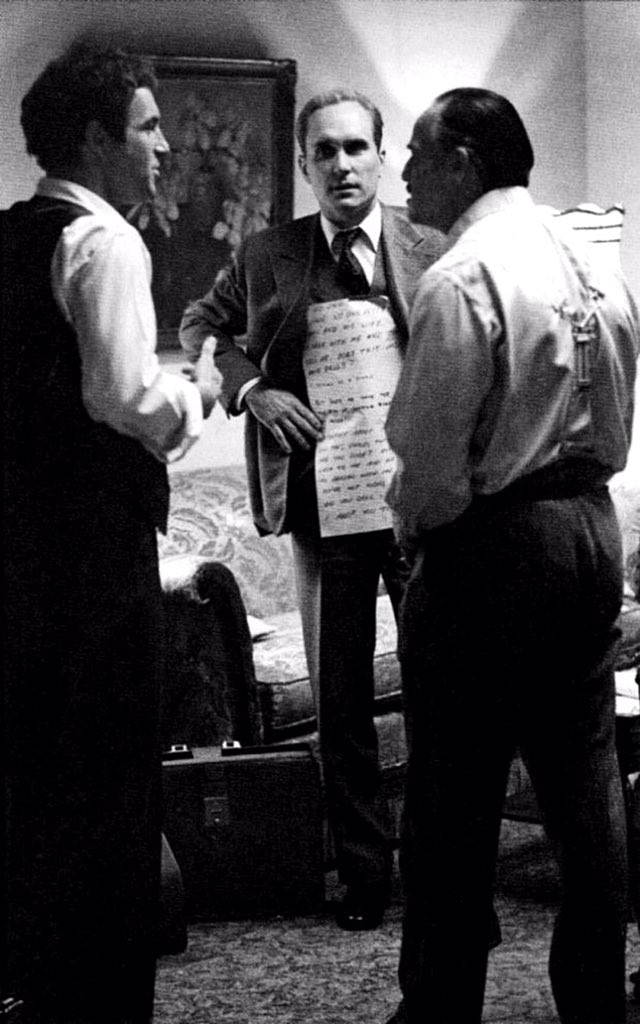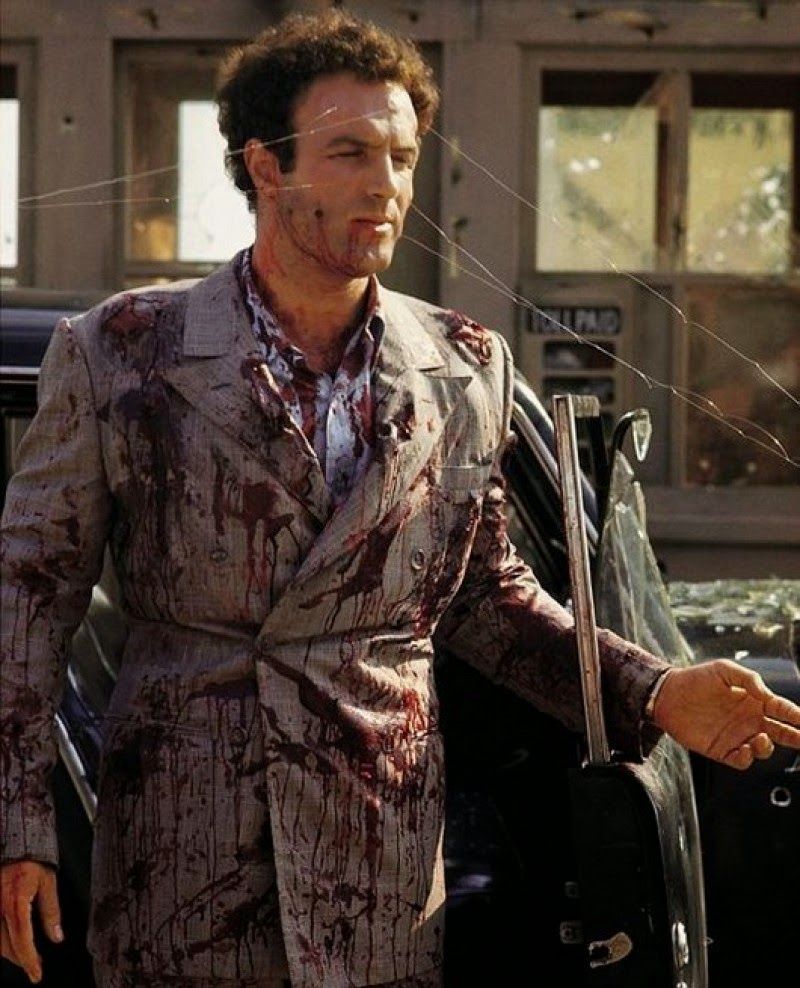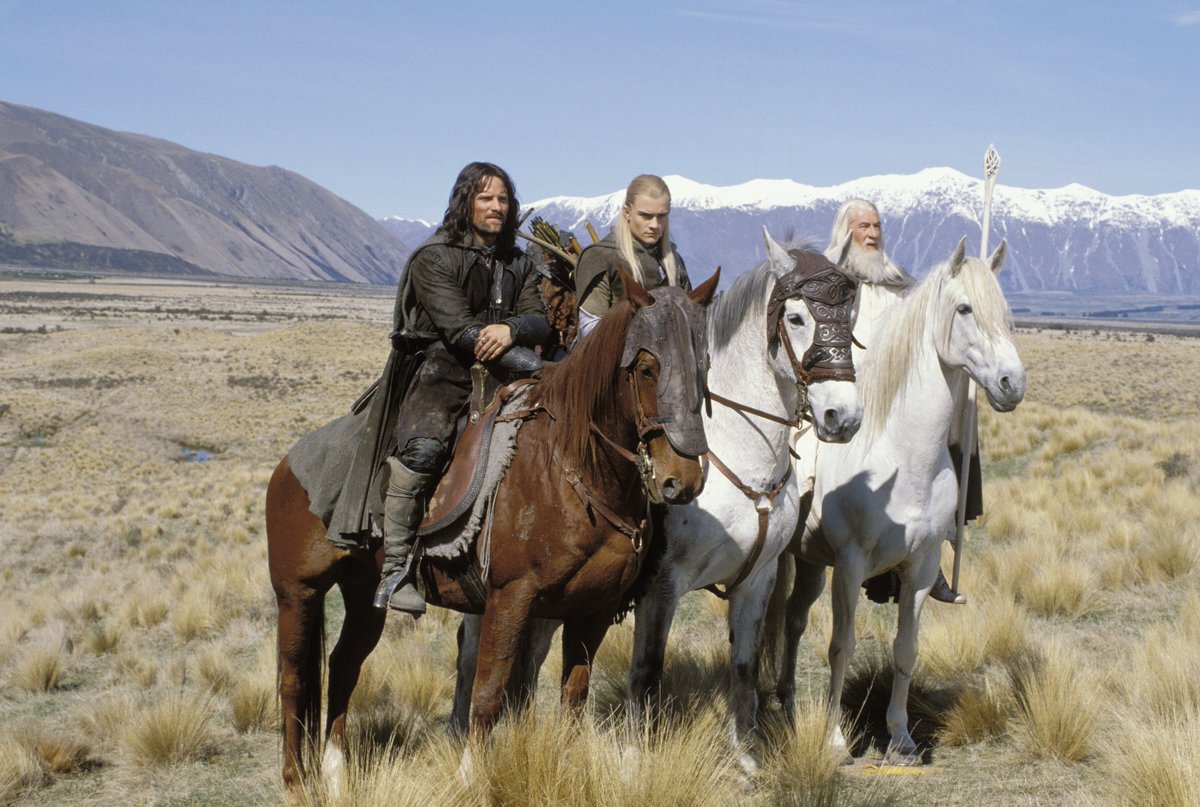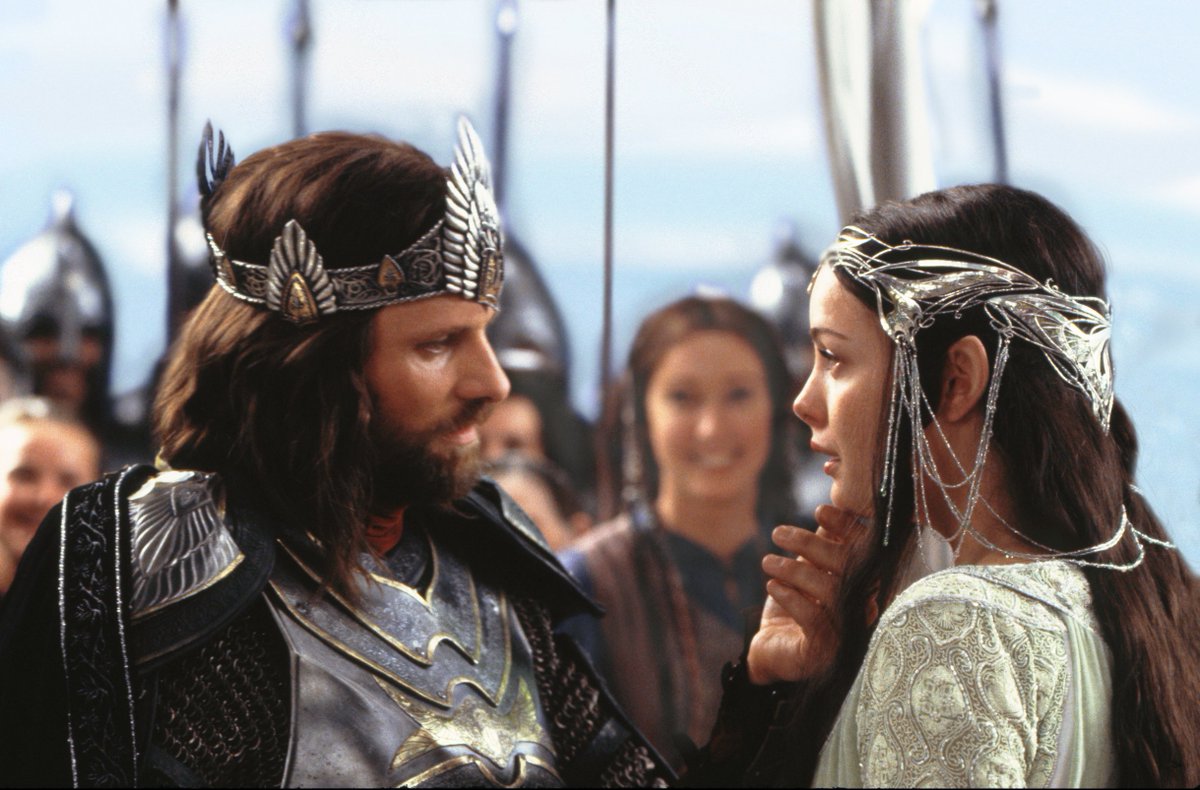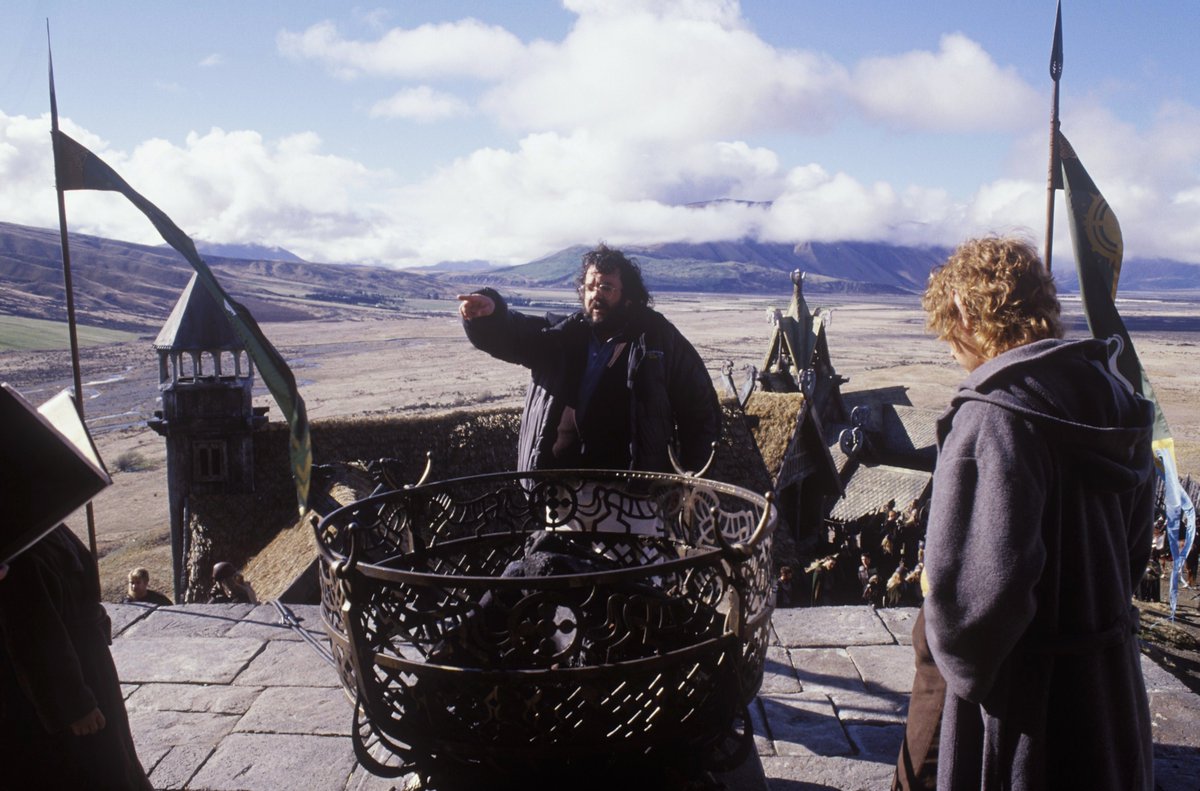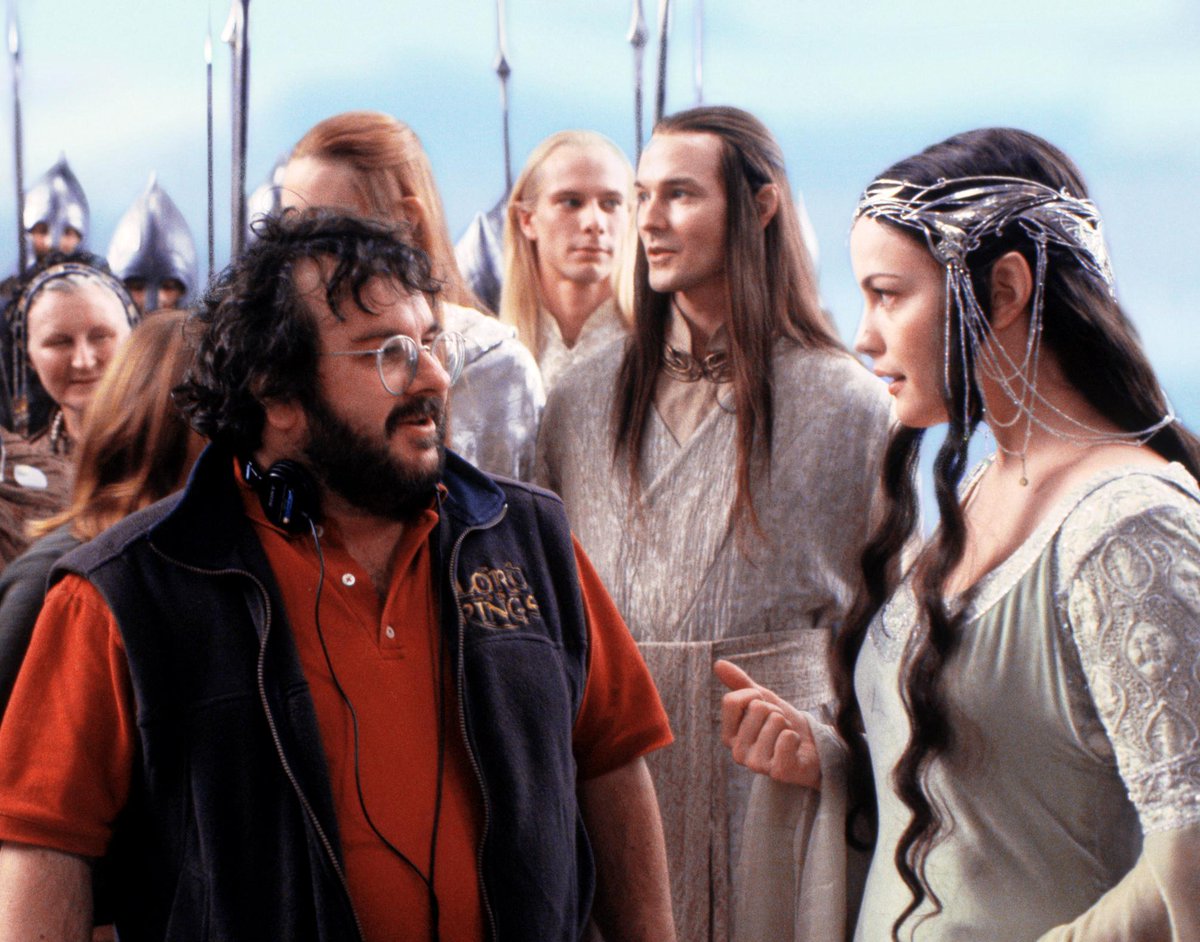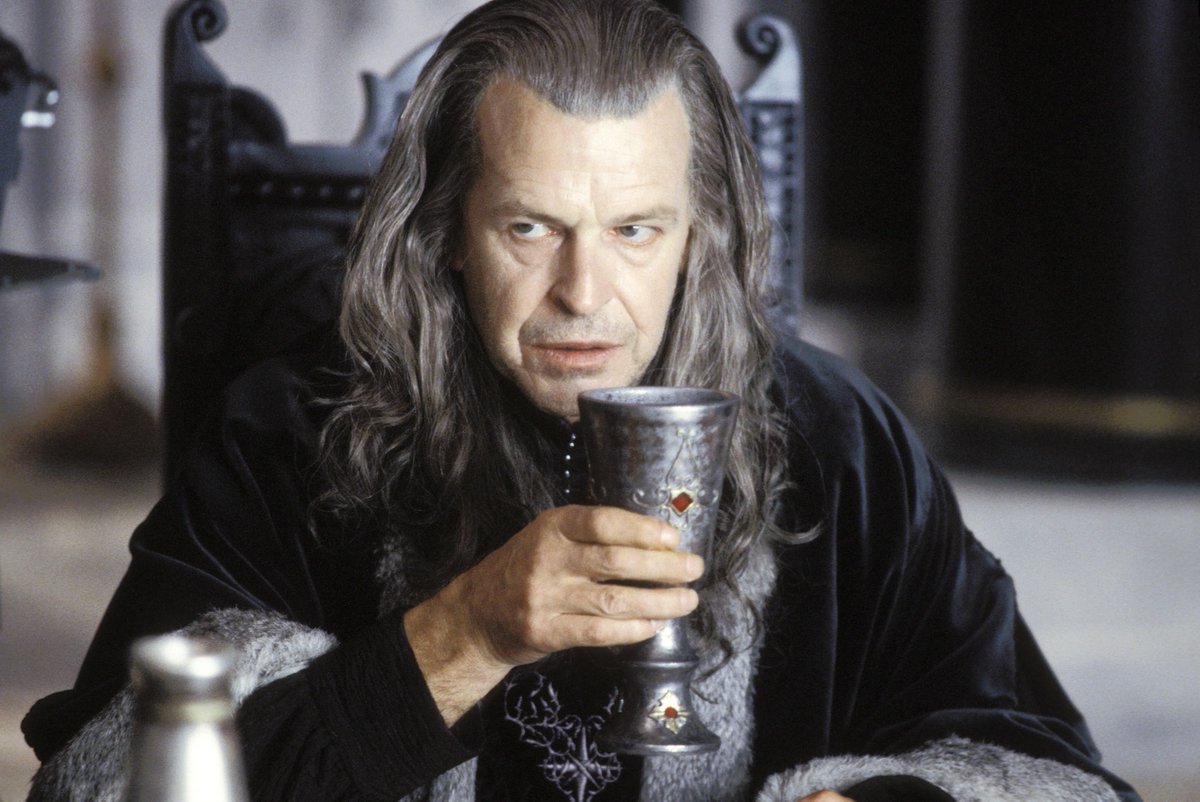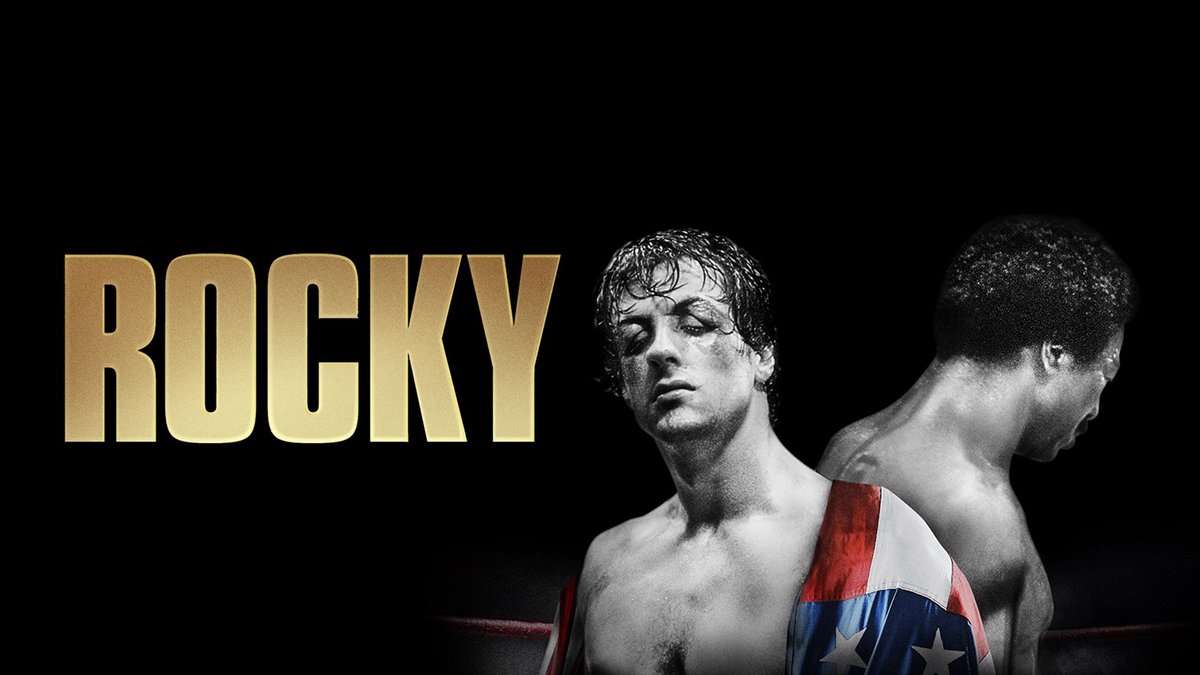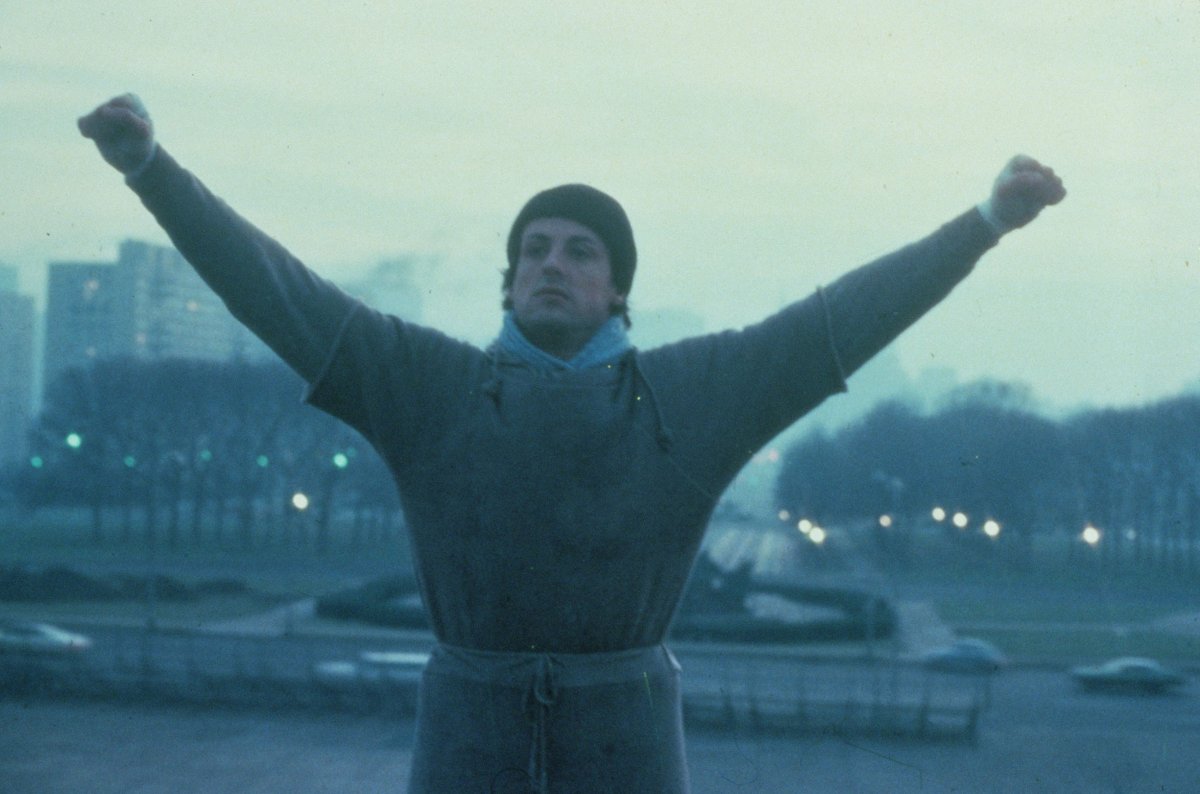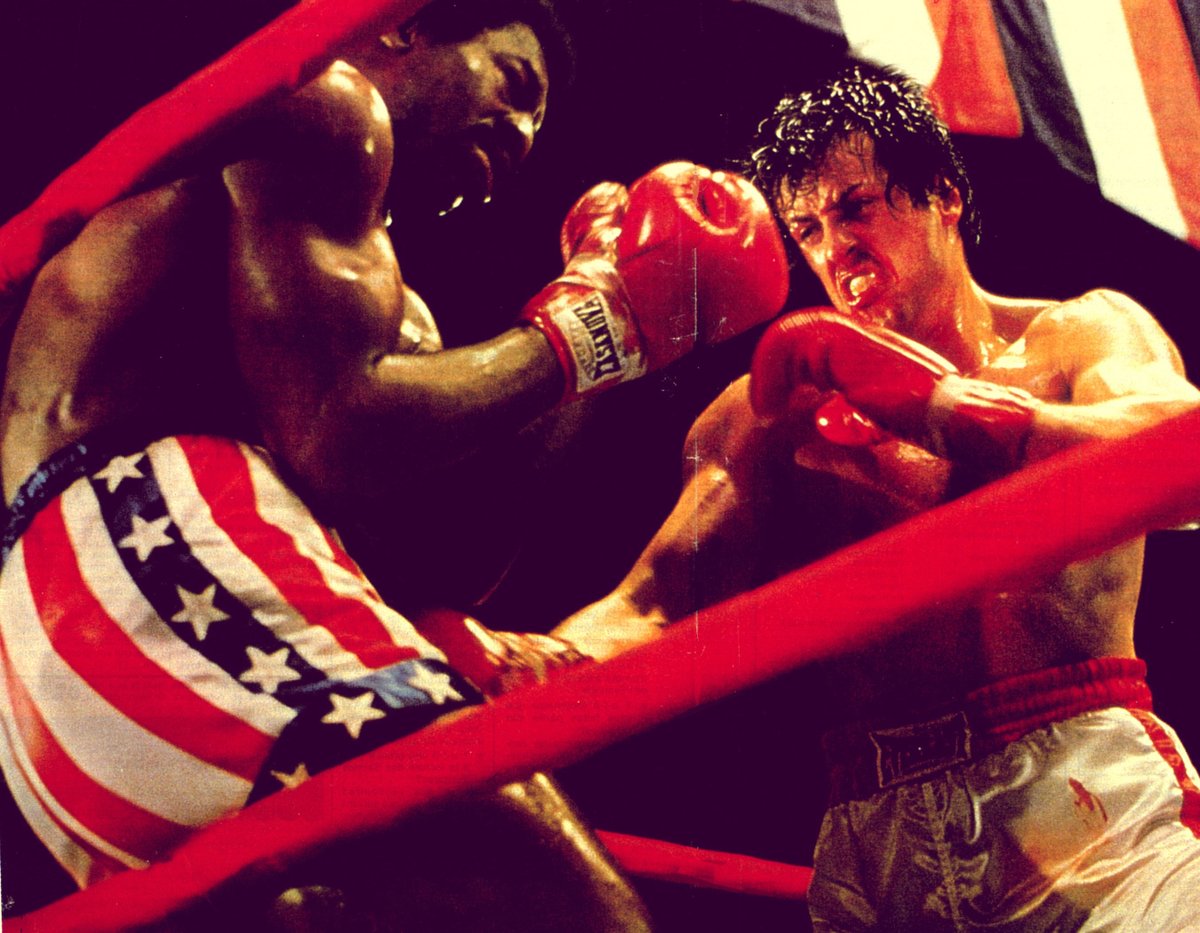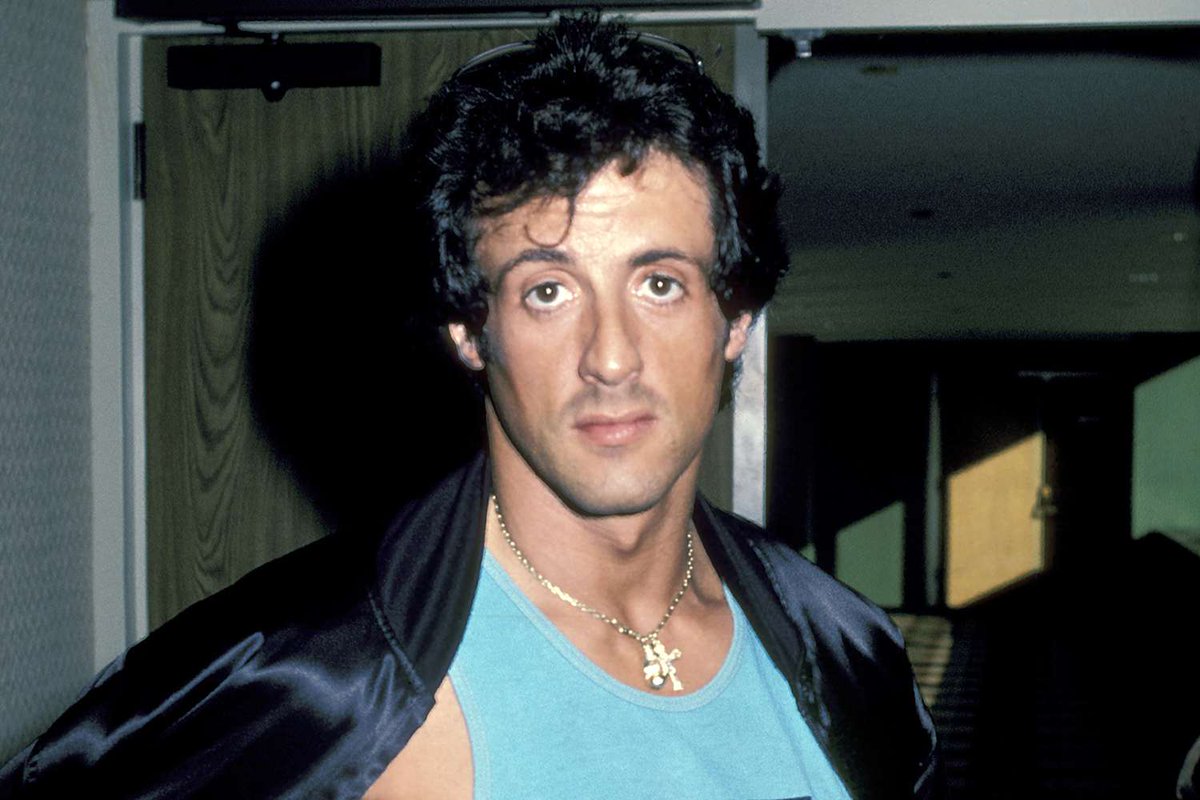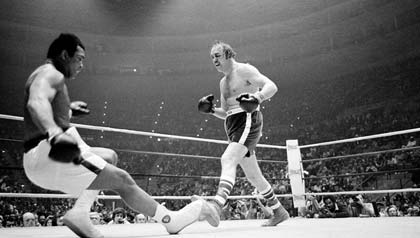THE GODFATHER was released 51 years today. A landmark of American cinema, there's some interesting facts around the making of the film...
A THREAD
1/24



A THREAD
1/24

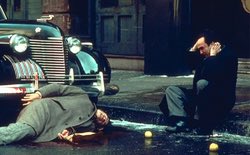
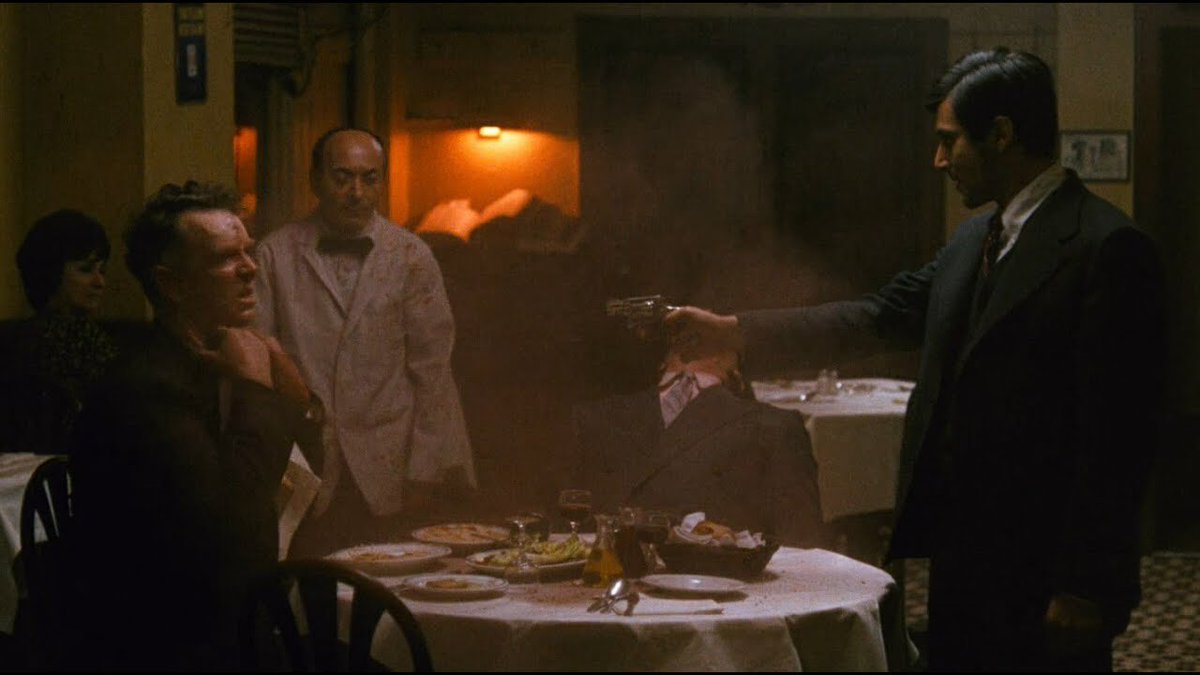
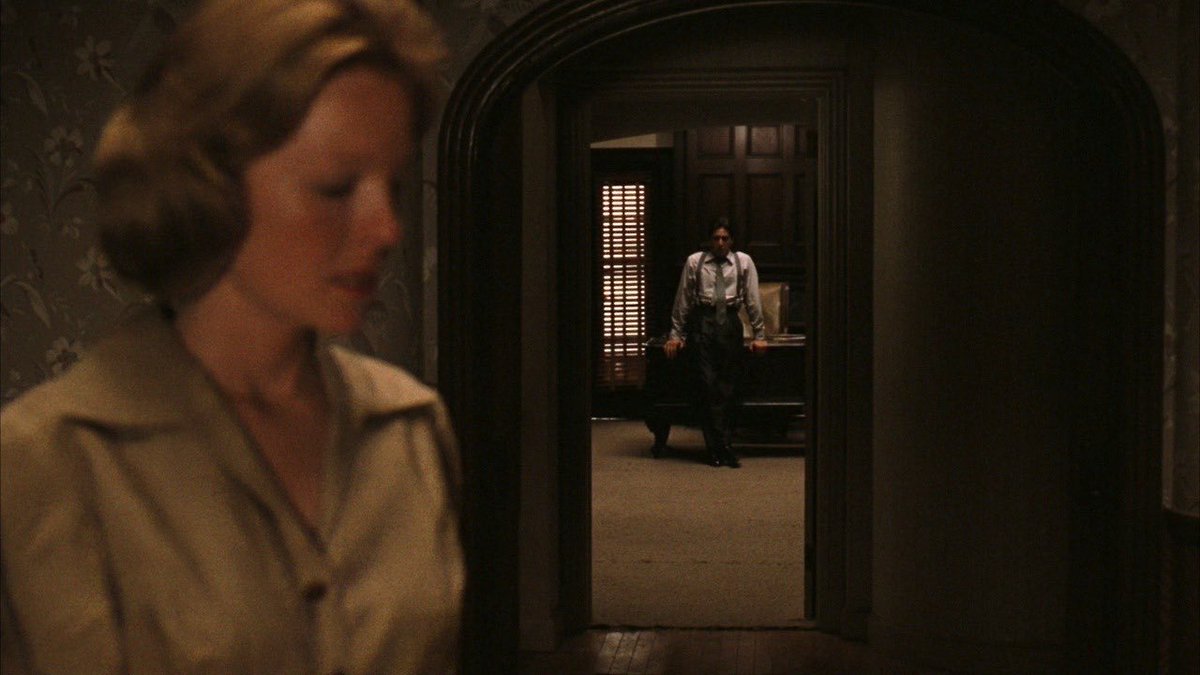
The film is based on the best-selling novel by MARIO PUZO. Paramount offered him $12,500 up front for the rights. That wasn't a lot but Puzo had $10,000 in gambling debts to pay off.
2/24

2/24

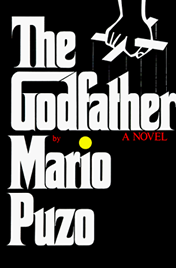
Paramount's first choice as director was Sergio Leone, but he turned it down to develop Once Upon A Time In America. Peter Bogdanovich (Paper Moon), Arthur Penn (Bonnie and Clyde), and Otto Preminger (Anatomy of a Murder) also all turned it down.
3/24



3/24




Paramount then asked FRANCIS FORD COPPOLA, thinking he'd work for little after the poor reception of his last film The Rain People. Coppola turned it down and called the book "pretty cheap stuff." Coppola's studio owed $400k to Warner Bros. though, so he changed his mind.
4/24

4/24


While filming, Coppola was under pressure and felt some crew members tried to get him fired. The studio thought the film was "too talky" and discussed replacing Coppola, but backed off when the dailies started coming in and they saw scenes like this...
5/24
5/24
Coppola produced a work for the ages of course, but one lesser-known moment of genius is the point where he moves from New York to Italy and transitions between Vito's moustache and a tree.
6/24
6/24
As soon as Coppola was hired, he drew up a potential cast wish list, of who he wanted for the main roles.
7/24
7/24

Even before Coppola was hired, Mario Puzo thought MARLON BRANDO would make a good Vito Corleone, and sent him a letter saying, "I think you're the only actor who can play the part Godfather with that quiet force and irony."
8/24
8/24
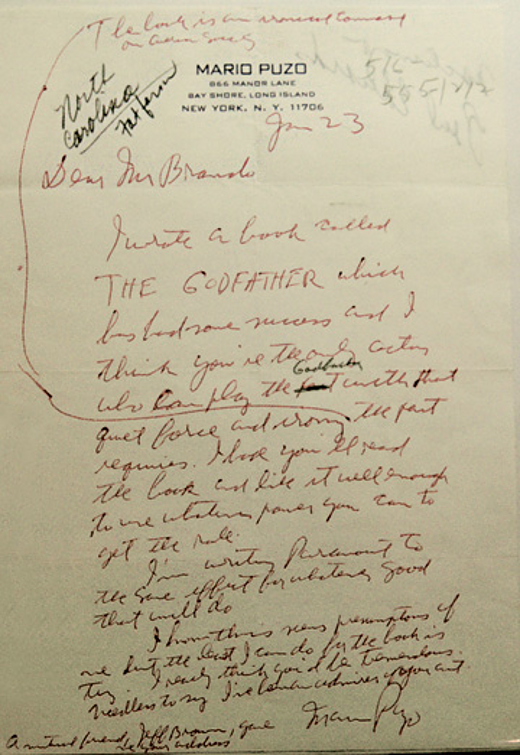
Paramount were not keen at all on Brando though, and Coppola had to fight to get him. Here he is telling the story...
9/24
9/24
Brando was only 48 years old at the time and playing a man in his 60s, so make up legend Dick Smith went to work. A special jaw prosthetic was made for the actor to wear.
10/24
10/24

The rest of the cast didn't mind though, and were very complimentary of Brando during shooting.
12/24
12/24
AL PACINO was always Coppola's number one choice as Michael Corleone. Here's his original audition.
13/24
13/24
During filming, the studio were not keen on Pacino's performance, thinking he wasn't exciting enough, but changed their minds when they saw the famous restaurant scene...
14/24
14/24
Coppola had worked with both Robert Duvall and James Caan before so cast them quickly as Tom Hagen and Sonny Corlenoe. Although, another talented young actor did audition to play Sonny...
15/24
15/24
Coppola had to fight for the cast he wanted, but it was all worth it. Here they are in rehearsals...
16/24
16/24
One of the most famous scenes is when Sonny meets an timely end at the toll booth.
17/24
17/24
THE GODFATHER did well at the Oscars, winning Best Picture, though Bob Fosse won Best Director for Cabaret.
19/24
19/24
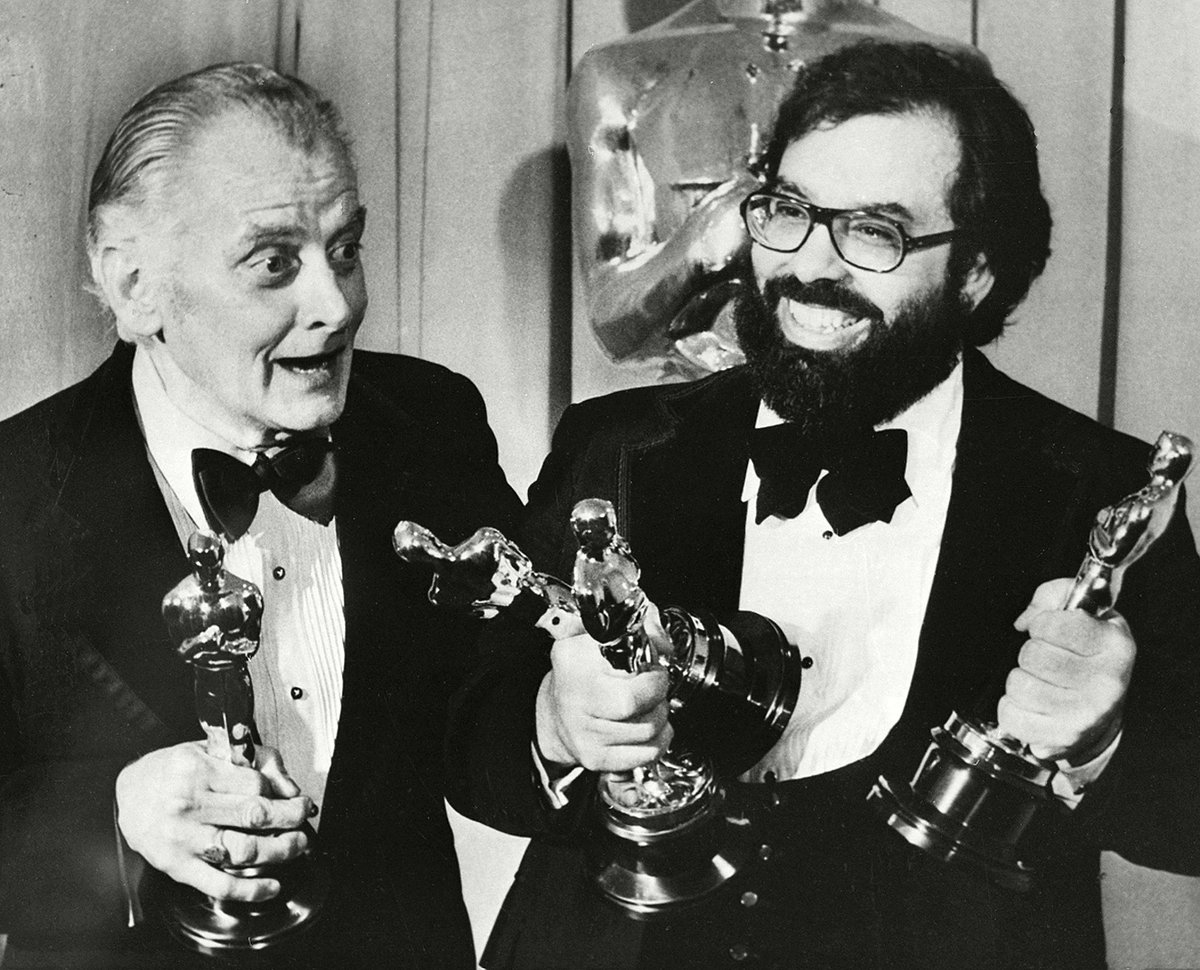
There was controversy too when MARLON BRANDO won Best Actor but refused it in objection to the depiction of American Indians by Hollywood and television. He sent activist Sacheen Littlefeather in his place.
20/24
20/24
And here's MARLON BRANDO himself explaining his decision to turn down the Oscar.
21/24
21/24
The film was a mega hit on its release, and took $135m making it the highest grossing film ever, until it was toppled by Jaws a few years later.
22/24

22/24


Today, THE GODFATHER is regarded as one of the greatest and most influential movies ever made, holding huge scores on popular aggregator sites like IMDb and Rotten Tomatoes.
23/24

23/24


To end, one of the great final scenes and shots in Hollywood history.
24/24
24/24
If you liked this thread, please RT the first tweet below 😀
https://twitter.com/ATRightMovies/status/1639269859321061376?s=20
We're looking to grow our YouTube channel so please subscribe 😁 YouTube.com/@snapshotatrm
• • •
Missing some Tweet in this thread? You can try to
force a refresh

